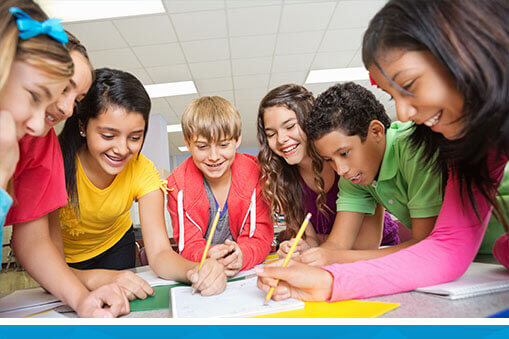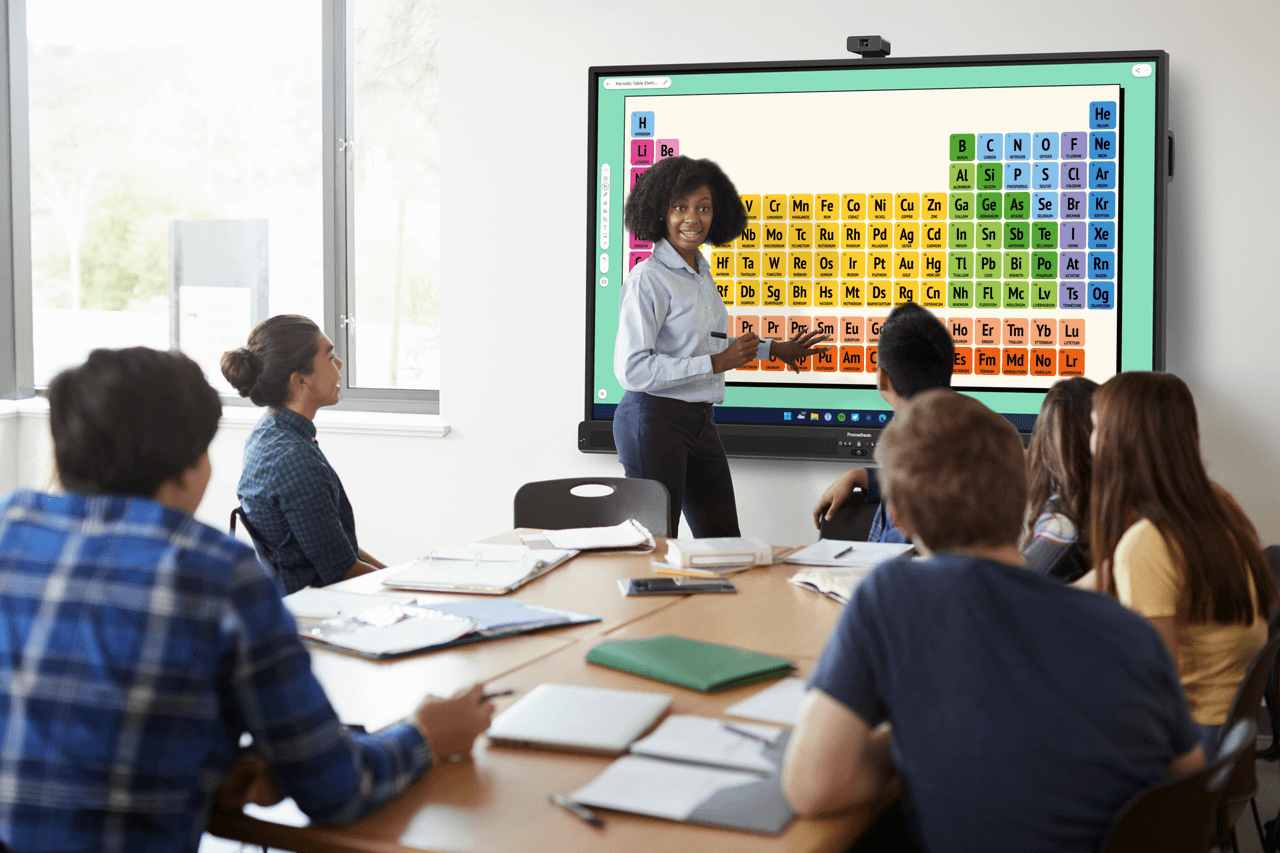Published on April 21st, 2021
Are school subjects going away for good?
5 minute read

The skills that we need to equip students with are changing, along with the world around them. Emergent teaching methods may blend subjects together and are just as focused on a student’s ability to collaborate and self-direct their learning experience as their ability to memorize subject matter. In addition to the traditional school subjects such as math, science, and English, there are new skills that students need to master to thrive when they leave the classroom. This includes the ability to collaborate with others, strong media literacy skills, and a sturdy sense of self-determination. To make sure students get what they need from an education to succeed as adults, the organization and teaching of learning material has begun to shift. What are the factors influencing this change and what new styles of teaching and learning are coming into focus?
Why the Change?
The teaching of separate, stand-alone subjects to students was a very good fit for the period around the industrial revolution, where everyone was working in a very structured setting. Since then, technology and the internet have changed every part of our lives, including the workplace. Information can now be retrieved almost instantly, so there is less reliance on having it memorized.
We are seeing now that the long-standing format of teachers presenting students with isolated sets of information, packaged as traditional school subjects, may not prepare students for the world outside the classroom the same way it used to.
An Expansion to Project-Based Learning
With this revelation, the world of education continues to consider more ways to unify the teaching of different subjects, since the need for rote memorization of content may be less necessary for students today.
Take project-based learning (PBL), for example. This approach to teaching blurs the boundaries that have accompanied traditional curriculum. With PBL, students are still learning different subjects, but are able to apply critical thinking. This holistic teaching method revolves around assignments that are based in the real world. It puts a focus on hands-on work that allows students to dictate the direction of the project outcome. At the same time, it spotlights students’ ability to use transferable skill sets across different areas. For example, a PBL lesson on a battle during WWII might include learning about history or geography, writing journal entries, or working in a group to create a radio show report. This PBL lesson would help strengthen communication, creativity, and critical thinking skills. In combination with traditional school subjects, PBL better prepares students to use the skills needed for success in modern and future workplaces.
The Future of Learning
While PBL has the potential to better equip students for the future, that does not mean we will do away with school subjects. This is clear as standardized testing, college majors, as subject matter-defined learning continues to be essential features of our education system. Mastery of school subjects will still be important, but what’s equally important is making students strong critical thinkers and collaborators. PBL is a natural expansion of the future of education shifting to better serve the future of the world. Education should always be about preparing students for a world beyond their classrooms. As that shifts, so should our approaches to education.




